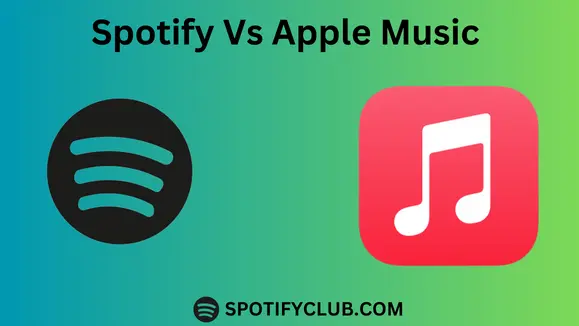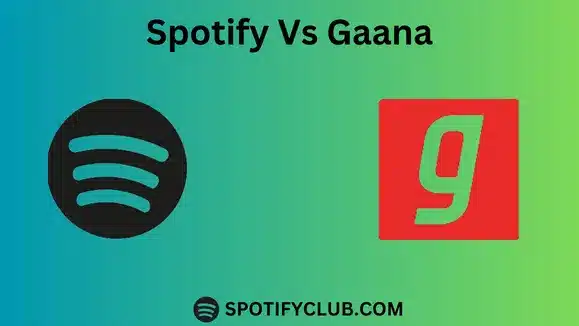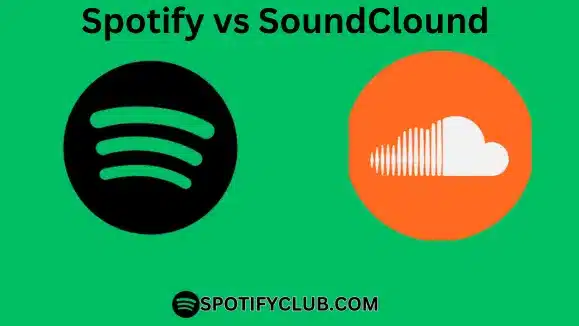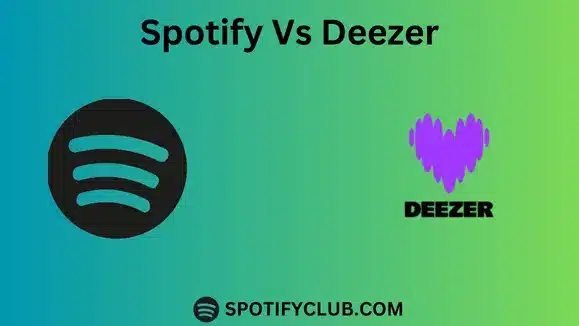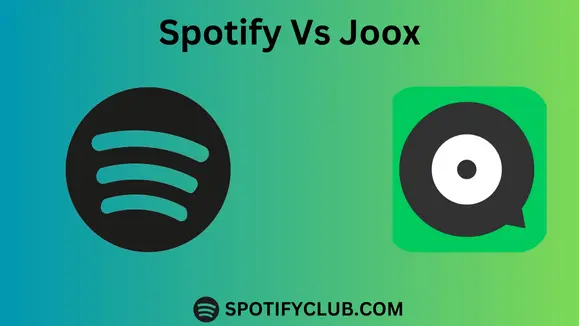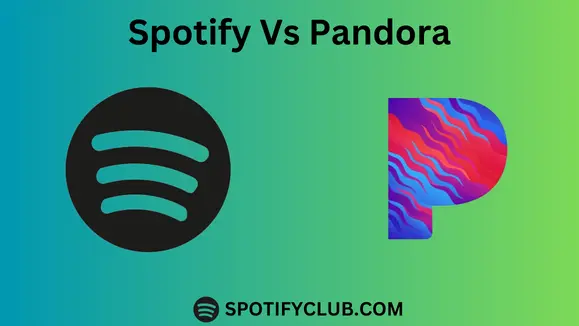Spotify vs. YouTube Music 2025
Spotify vs. YouTube Music 2025: Many features and music content are available on these platforms, revolutionizing how we consume and enjoy Music. Spotify and YouTube Music are Music streaming platforms that have revolutionized the music Industry.
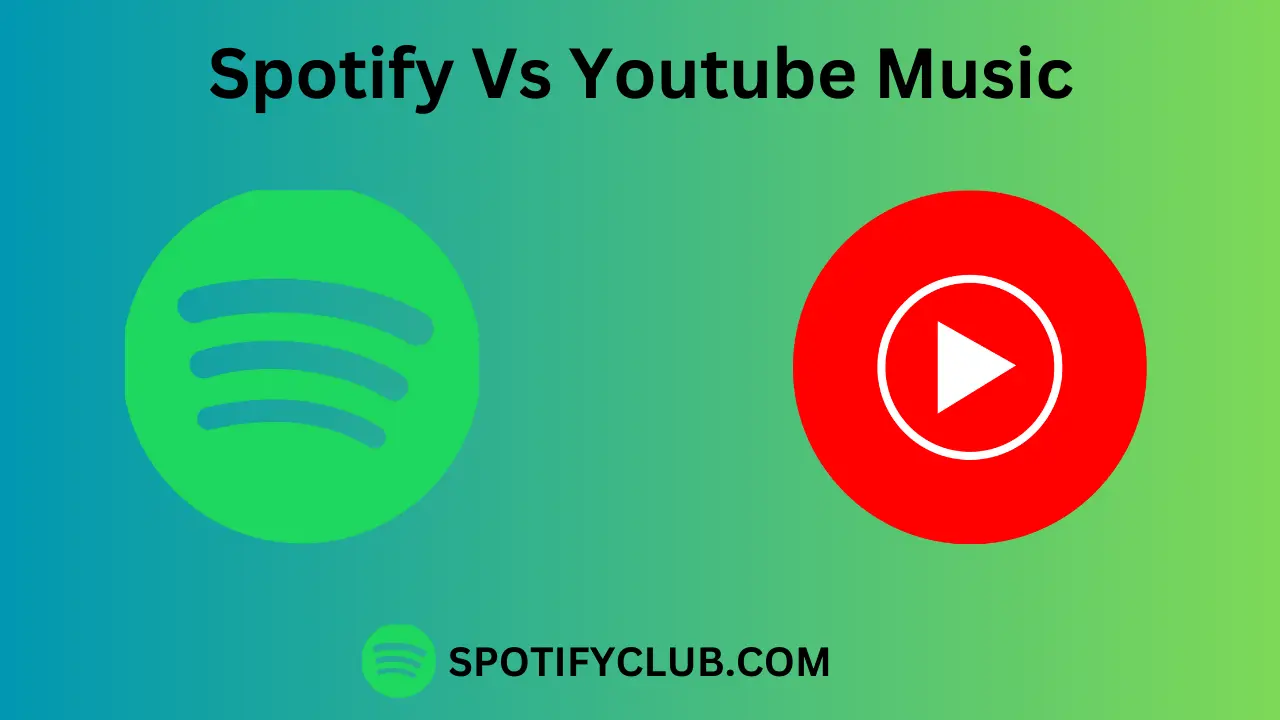
Both platforms, Spotify and YouTube Music provide premium versions, vast libraries, high and clear sound quality, massive content, offline downloading, discovery tools, and more additional content. Spotify and YouTube Music features are top-level, but if we compare both, which one comes first? To check this, stay connected to this blog.
In this Blog, Spotify and YouTube Music’s advantages, features, and disadvantages are described in detail. Their different music collections, audio quality, pricing, and interface are described with beautiful images. For Music lovers, this blog is very interesting and beneficial just because they will get all the information about Spotify and YouTube Music.
What is Spotify?

Spotify is one of the best music streaming platforms, and it contains a massive library of top-level Music with different genres, podcasts, discovery tools, radio, social, upcoming concerts, global music charts, and workout music. A Swedish person created it so you can listen to your favorite Music in no time. Spotify’s backend features allow you to recommend Music based on your interests and search history, and you can also see what your friends and family members are searching for on Spotify. Spotify is available for all devices like Linux, Windows, Androids, iOS, TV, and Kindle. Due to this particular feature, Spotify has gained massive popularity and is spread across 180 countries worldwide.
What is YouTube?

YouTube Music is an extension of the YouTube video platform that usually offers audio content to users. It is similar to Spotify in many features. YouTube Music also offers a large music library, and its backend works like Spotify, which also suggests and recommends Music to users, usually based on their interests and search history.
The free YouTube Music version is ad-supported, and the premium version is ad-free. The service is also available on different devices like Android, Windows, iOS, and Smart TV. One of the best features is that users can easily switch between YouTube Music and regular YouTube.
Comparison Guide Spotify Premium vs YouTube Music
Free Plan
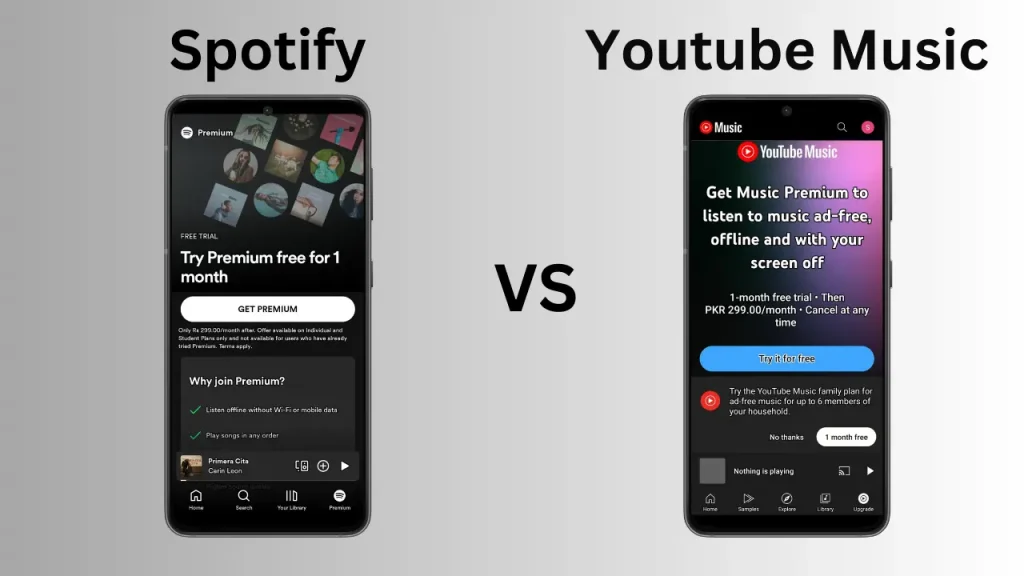
Spotify and YouTube Music are both Music streaming platforms that offer ads in their free versions. Spotify’s free version provides a massive music library with few limits. However, it does not allow shuffling, stopping Music, or an offline music experience.
On the other hand, YouTube’s free plan includes music videos, user-generated content, and other video types. However, the free version requires users to face ads before and after videos and wait to skip a few seconds, which can be irritating for some users. As long as they don’t exceed the number of skips permitted, they can jump between songs and videos as much as they want.
Price
| SPOTIFY PREMIUM PLANS | PRICES | YOUTUBE MUSIC PREMIUM PLANS | PRICES |
| Individual | $10 Per Month | Individual | $10 Per Month |
| Duo | $13 Per Month | ———— | ———— |
| Family | $16 Per Month | Family | $15 Per Month |
| Student | $5 Per Month | Student | $ 5 Per Month |
Spotify and YouTube Music pricing tables contain different price structures. Both of the music streaming platforms contain their unique features and characteristics. By getting their premium version, users can easily enjoy Music without ads, download offline Music, and listen to a higher audio quality.
Podcasts
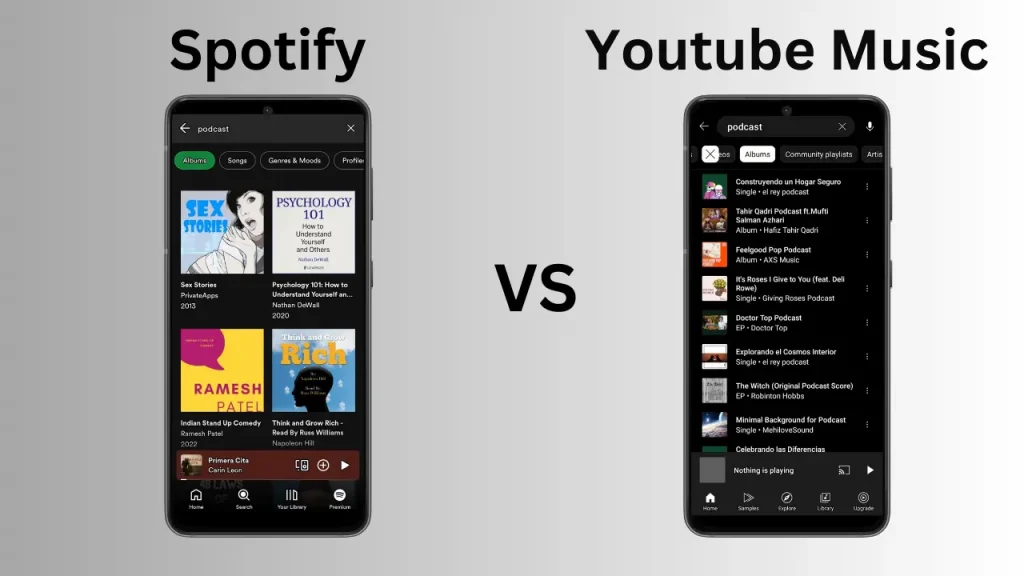
Spotify has a diligent edge over YouTube Music in the Podcasts feature. Podcasts are available on its dedicated podcast platform, and a wide variety of Music and podcast content is available. Spotify offers 4.7 million podcasts from different artists and genres.
With its decisive investments and unique partnerships, Spotify has positioned itself as a cross-to platform for podcast lovers, transmitting a comprehensive and intriguing podcast listening experience. Relatively, YouTube Premium provides limited podcast alternatives to customers.
Devices Compatibility
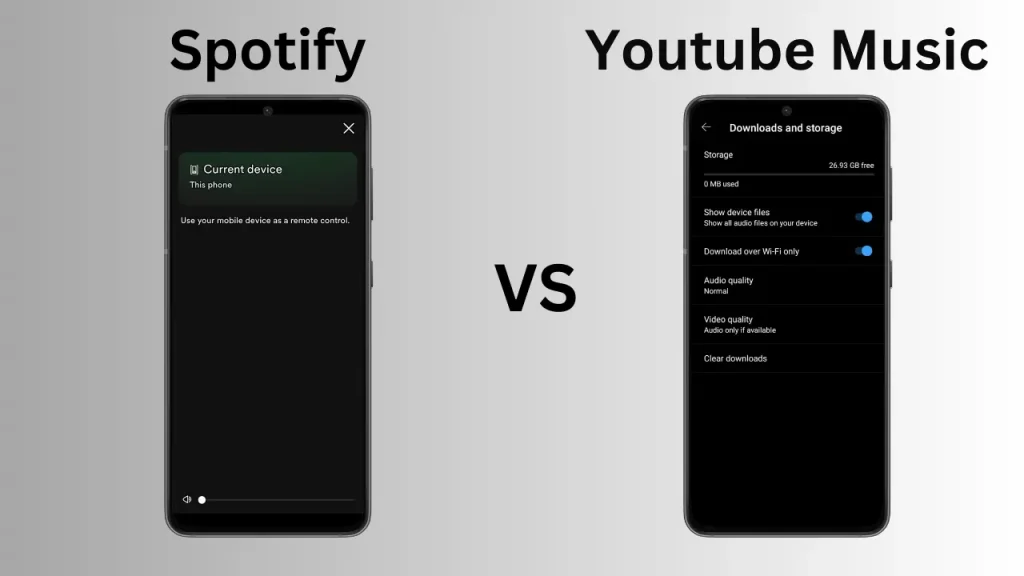
Spotify and YouTube Music are Music streaming platforms that are compatible with various devices. Spotify is compatible with smart TVs, smart speakers, game consoles, and Amazon, and it’s also integrated with Google.
On the other hand, Youtube Music is part of the YouTube ecosystem and is also integrated with multiple devices. It can easily be run on the following devices: Android, iOS, Smart TV, Mac, and Windows.
Music Quality
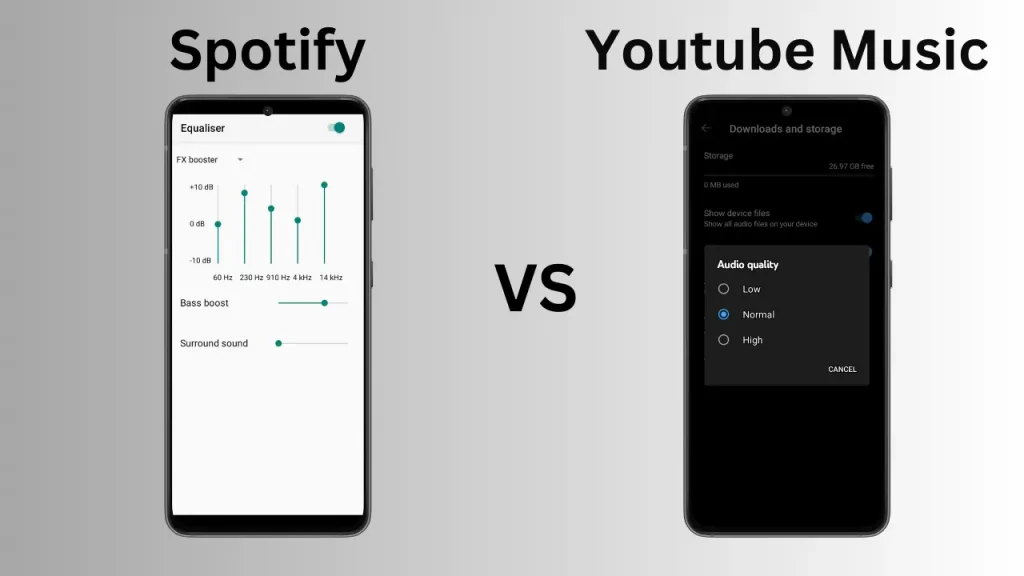
Every Music lover wants a music streaming platform with superior music quality. Spotify is one of the best music streaming platforms, providing its users with excellent music sound quality. Music lovers love this great feature on Spotify. Spotify also offers sound quality that varies from low to high to very high. The high level is excellent because it provides incredible sounds up to 320 kbps.
In Comparison, YouTube Music also offers audio quality that varies from low to high. This service usually offers 128 kbps for free users, while for paid subscribers, it provides 256 kbps. It’s important to remember that YouTube Music focuses mainly on music videos, meaning the sound quality may differ depending on the video’s clarity.
Who Has a Bigger Music Library?
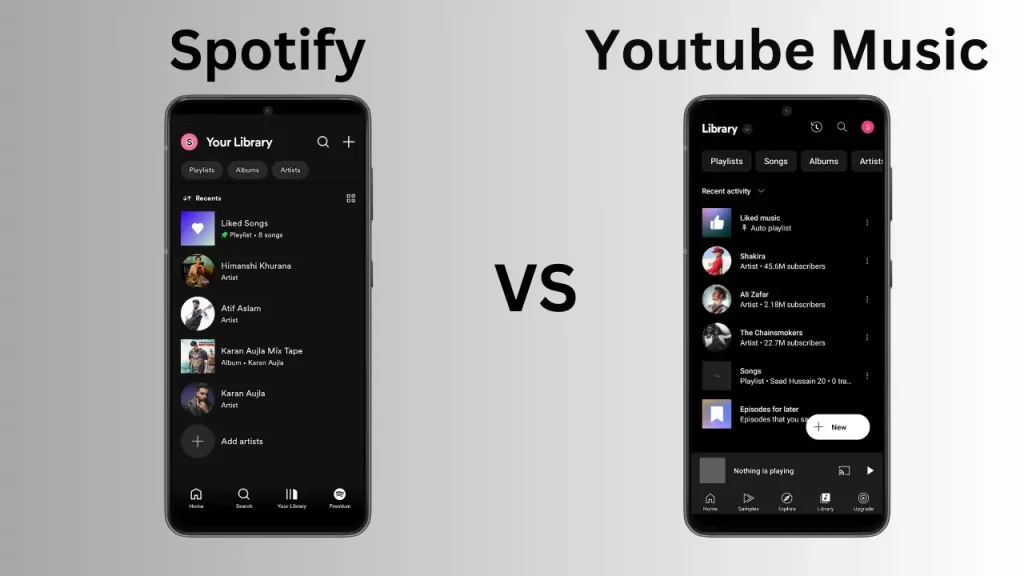
Regarding the Library, Spotify or YouTube Music, a music streaming platform, offers a vast music library. An overview tells that both platforms contain an extensive library, but some differences exist. So stay with this blog to explore Spotify and YouTube Music.
Spotify boasts a large library with thousands of songs from various genres and areas. It cooperates with many record labels and artists, ensuring a wide choice of tracks, albums, and playlists.
In Comparison, YouTube Music offers many music videos and official audio tracks. One of the best features of YouTube Music is that it also allows videos to its users along with audio tracks. This particular feature separates it from other applications. While it may have fewer user-generated videos or remixes than YouTube, it does offer some user-generated content.
Music Discovery
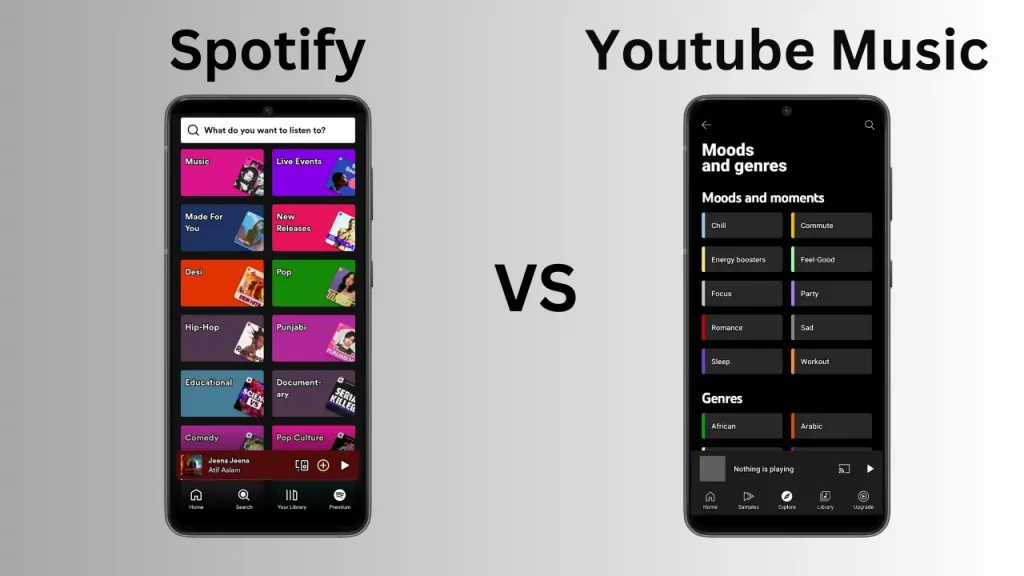
Spotify and YouTube Music 2025 are Music streaming platforms offering a vast music library with the latest discoveries. However, both platforms take different approaches to discovering Music.
Spotify’s approach to discovering weekly and Release Radar playlists is based on users’ listening history and search preferences. To introduce its users to new playlists and tracks, Spotify also offers “Daily Mixes” and “Made For You” playlists.
YouTube Music Discovery influences the power of YouTube recommendations, which suggest music videos based on user listening history. YouTube Music offers personalized playlists like “Your Mixtape” and “Discover Mix” to help its users explore new Music.
Spotify and YouTube Music’s music streaming platforms provide playlists, radio stations, and Artist recommendations to enhance users’ music discovery experiences.
Ease of Use
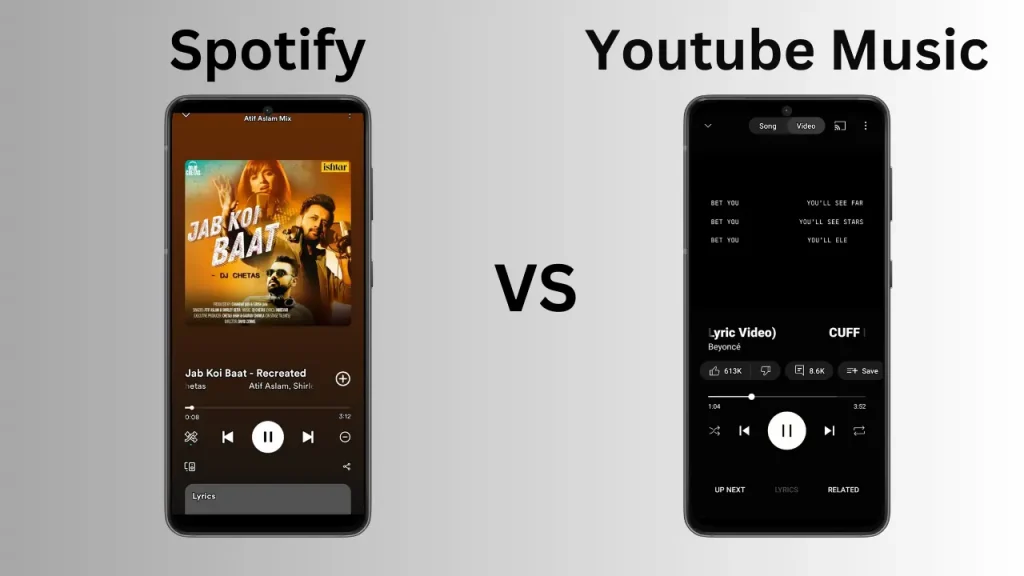
Spotify and YouTube Music are both streaming platforms that offer user-friendly interfaces and instinctive apps. The Spotify music streaming platform interface is simple and straightforward. Users simply use Spotify, and it is easy to understand for every user because it offers a description and image with each section. Everything is as simple as pie, from finding any song or artist to organizing your playlist to playing Music or downloading an album.
On the other hand, YouTube Music, like Spotify, has a user-friendly interface. It allows users to play Music, video, and audio simultaneously without any effort.
Final Thoughts
When comparing Spotify and YouTube Music, which one is the best music streaming platform? It all depends on the user’s interests.
Spotify provides its users colossal with a music library, intelligent playlists, and a user-friendly interface. Users can also discover new tunes through the Spotify platform.
Alternatively, YouTube Music shines with its music videos and its connection to YouTube’s vast universe.
As a music lover, you should choose a music platform based on your preferences. Both platforms invariably push each other to improve, hence benefiting music fans.
